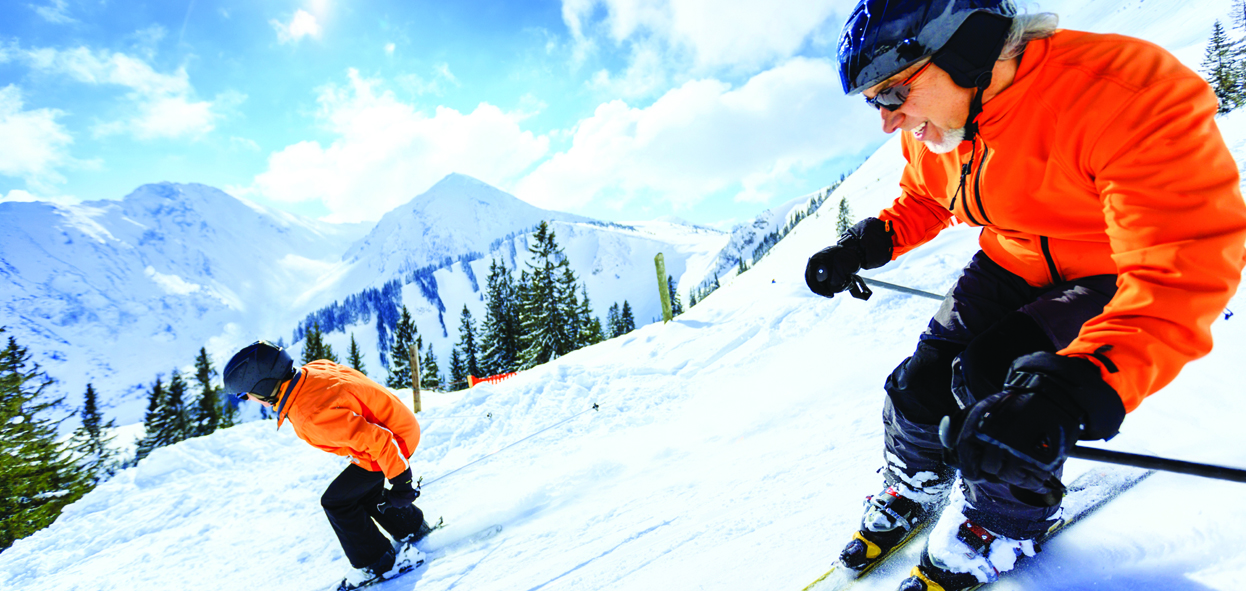 Australia is a sports-loving nation, as both participants and spectators. Australia’s mild winters mean that in most parts of Australia, participation in outdoor exercise and sports can occur all year round. According to the Australian Bureau of Statistics (ABS), over 60% of Australians participate in sports and exercise programs.
Australia is a sports-loving nation, as both participants and spectators. Australia’s mild winters mean that in most parts of Australia, participation in outdoor exercise and sports can occur all year round. According to the Australian Bureau of Statistics (ABS), over 60% of Australians participate in sports and exercise programs.
The Medibank Private Safe Sports Report found that their member’s main motivation to exercise were (in order): general health and fitness, weight loss, to have fun and enjoy social benefits
The report also revealed that ‘individual’ rather than ‘team-based’ activities were the most popular. This is consistent with published data from the ABS Year Book. Walking, aerobics, fitness, swimming and golf ranked among the top five participation sports/physical activities.
According to the Monash University Accident Research Centre approximately 5.2 M Australians suffer a sports-related injury each year. Surveys indicate that the most common injuries (in order) are to the knee, ankle, foot, back and shoulder.
Statistically, sports injuries peak in the months of May, June and July. This is not surprising because cold muscles, tendons and ligaments increase your risk of sustaining injury.
The fear of sustaining a sports injury should not deter someone from participating in winter exercise/sport. Regular exercise has been shown to reduce the probability of developing heart disease, diabetes, mental illness and many types of cancer (particularly breast and colon cancer). The benefits certainly outweigh the risks.
Dr Peter Larkins is a noted sports medicine specialist (as well as being an Olympic athlete and media personality) in Australia. In order to reduce the risk of a winter sports injury, Dr Larkins recommends:
– Get the correct advice on the right activity program for you
– Warm up and cool down
– Have the correct equipment for your activity
– Begin slowly and gradually build up to the challenge
– Keep hydrated
– Listen to your body
– Give yourself one or two recovery days each week
– Rest an injury, don’t try to ‘work through’ the pain
– Progress at your own pace and don’t overdo it
Before beginning any exercise program, it is advised that you visit with your Physiotherapist, especially if you have had a previous injury or musculoskeletal condition. Your Physiotherapist is trained to assess/evaluate your body and offer valuable advice to assist you in preventing winter sports injuries.
Regular exercise and Physiotherapy care are recommended for a healthy lifestyle.
